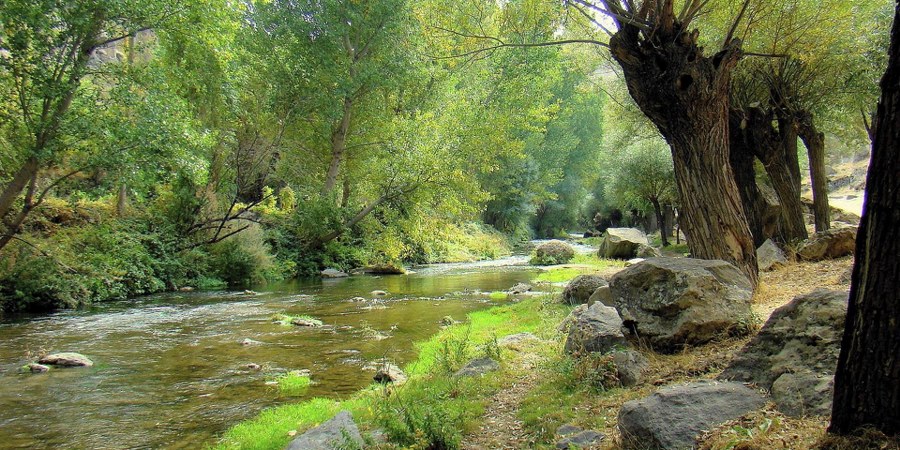Sorry, nothing in cart.
History of Cappadocia Part 2
You can read the first part of the article by clicking here: History of Cappadocia
In the middle of the 9th century, after the Arabs’ retreat, Cappadocia was no longer a battlefield and became one of the central provinces. During the 10th century Caesarea, being the largest city, was the headquarters of an important military confederation. At about this time the. Seljukian Empire was rapidly growing by invading Anatolia. They captured Caesarea in 1067. In 1071 Alpaslan beat the Byzantine army in Malazgirt and took Diogenes as captive. This was the beginning of the decline of the Byzantine Empire. In 1082 the Seljukians captured the citadel of Caesarea and from then on Cappadocian communities were under Seljukian authority. The Moslems with. Iranian background acted really permissively towards the people. The last years of this and the next century passed with the struggle against the Crusaders and with internal conflict among the Turkish tribes.
Cappadocia was never reoccupied by the Byzantines and the people were politically separated from Empire. Although we can see the Byzantine Emperor mentioned in the 13th-century frescoes, the name of the Seljukian Sultan is not met. This proves the continuing confidence in the Byzantine Empire But it has no historical significance other than indicating the tolerance of the Turks. A fresco of late 13th century indicates this relationship well. (St. George Church in Belisirma.)
If you live in Istanbul and want to make a trip to the Cappadocia, you can join our Cappadocia Tour from Istanbul by flight.
In the 13th and 14th centuries, an occasionally unsettled peace was established. The region was first under Seljukian and then Mongol occupation. Central Anatolia was filled with Moslem buildings like mosques, medrese and caravanserais for the reason that important trade routes passed and intersected here. After a century of quietness, religious life became of primary importance in the region. The evidence is found in the mural paintings of the 5 churches near Ürgüp. (In Damsa, 15 km. south of Ürgüp.)
Here, Moslem and Christian communities lived together in peace and prosperity. The entrances of a mosque, medrese and several churches of this age still exist. The 40 Martyrs Church, dedicated to the 40 Martyrs of Sebaste is in the village of Şahinefendi (20 km. south of Ürgüp). The village of Damsa was a bishopric center. The Christian communities showed no sign of activity during the Ottoman until the 19th century.

Leave a Reply